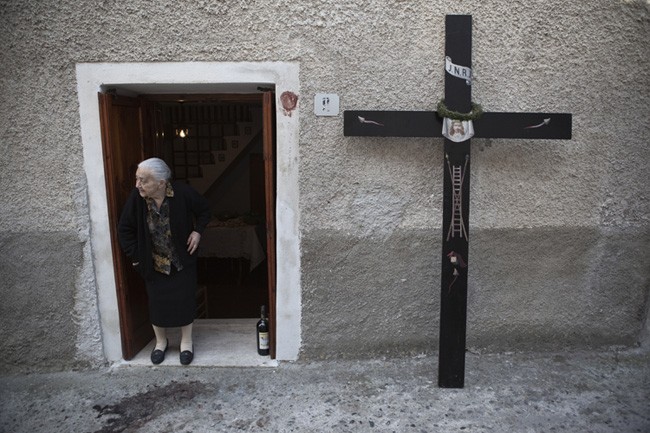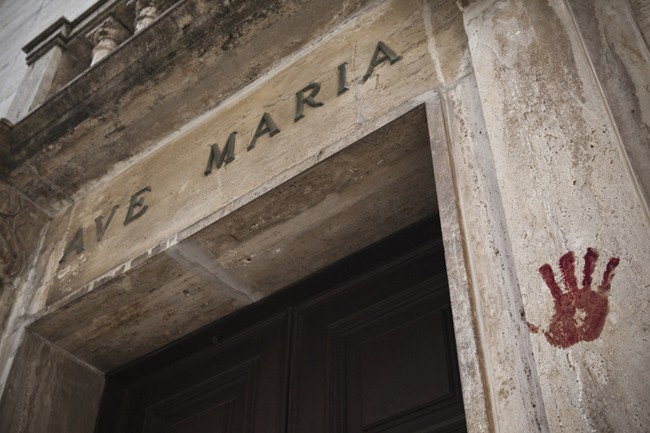Nocera Terinese, a small town in Southern Italy is the scenario of a millenary ritual that represents the expression of a people’s identity, which struggles to keep its tradition unaltered through time.
During the Holy Week before Easter, the village goes through an intense spiritual and practical preparation for the big event that takes place over the weekend. The statue of the Madonna is taken out from its enshrine to be prepared for the procession in which it will encounter the Vattienti. These characters, who beat their legs with the Cardo and the Rosa (two pieces of cork, one of which has 13 fragments of glass in it), represent the sufferings of Jesus and are attached to the Ecce Homo, or the representation of Jesus wearing red while on trial.
Although many have criticized this ritual for being ‘violent’ it is vital to understand the importance it has in affirming the essence of the people who practice it, who feel an extremely strong sense of belonging with the town and a bound to the soul of their culture.
















